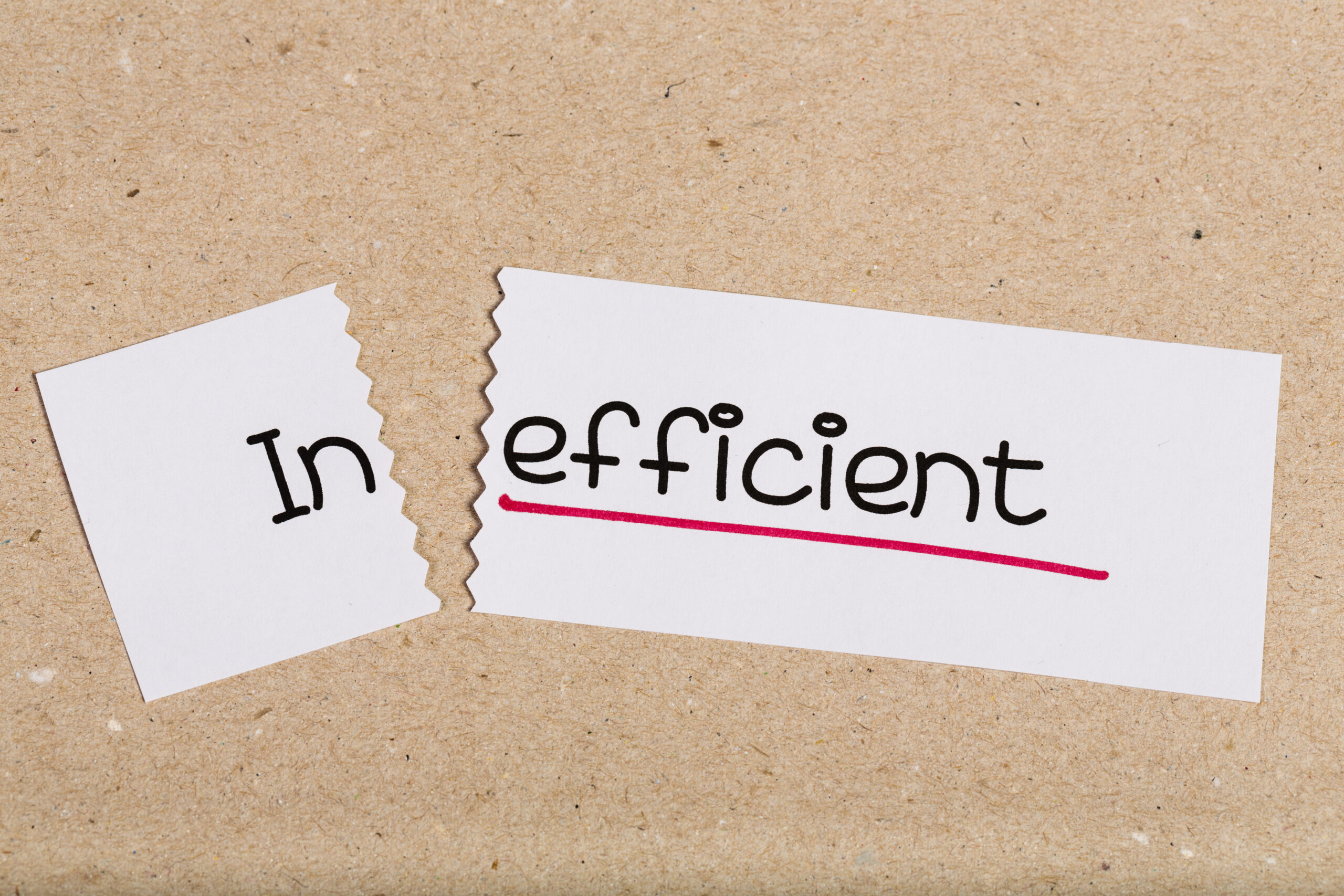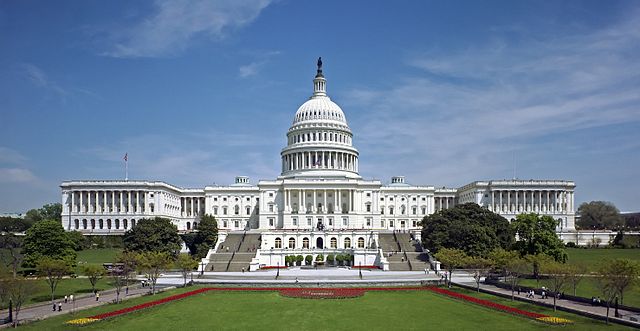The U.S. Patent System, The Coase Theorem, and the Era of Efficient Infringement
“According to Coase, obstacles to bargaining and/or poorly defined property rights lead to an inefficient marketplace. You need look no further than the current state of the U.S. patent system for living proof of this theorem.”
There is little doubt that the way patent rights are viewed and protected has transformed over the last 15 to 17 years. The patent system our government has enabled over that timeframe incentivizes stealing patent rights rather than engaging in an arm’s length negotiation. This is antithetical to basic, fundamental principles embedded throughout American law, and has caused dispute resolution, licensing and enforcement to emphatically derail.
The laws in the United States are supposed to be certain, stable and understandable. By minimizing externalities and keeping transaction costs low, bargaining of rights will ensue, which will lead to an efficient outcome. That was then, this is now, and given the erosion of patent rights, those who find their rights infringed have little choice but to sue and run the gauntlet. Arm’s length negotiations leading to licensing are virtually dead—at least if the infringer is a giant corporation more interested in waging a war of attrition.
U.S. Patents Plummet, Proving a Prominent Economic Theorem
The theorem that the law should maximize certainty and minimize transaction costs to facilitate an efficient, arm’s-length negotiation of rights is called the Coase theorem. The Coase theorem is attributed to Nobel Laureate, Ronald Coase. Wholesale changes to the law as the result of statutory changes, changes to legal precedent of the Supreme Court and Federal Circuit, and sentiment pervasive within the high-tech community, have created sweeping changes to the law and to public attitudes.
According to Coase, obstacles to bargaining and/or poorly defined property rights lead to an inefficient marketplace. You need look no further than the current state of the U.S. patent system for living proof of the theorem. Given that all branches of government – the Legislature, the Executive and the Judiciary – have embarked on a near generation-long, top-to-bottom restructuring of the U.S. patent system, it is no great mystery that it is inefficient and the type of private, arm’s-length bargaining between innovators and implementers that would define a balanced system at equilibrium is virtually non-existent. Patents are weaker, less capable of being enforced, and much more likely to be successfully challenged.
Efficient Infringement
The term “efficient infringement” is used to describe a cold-hearted calculus. Efficient infringement occurs when a large entity ignores the patent rights of another. Efficient infringement occurs because it can. The efficient infringer makes a business calculation that it will be cheaper to take and use patented technology without permission than to license and pay a fair royalty to the innovator. It is cheaper to take from anyone rather than to design or invent around, to disrupt, to compete on the merits. It is also cheaper to simply use patented technology than to pay for it because when faced by the infringement of a giant corporate entity it is virtually impossible for the patent owner to outlast the deeper pocketed infringer.
The efficient infringement model works exceptionally well for a variety of reasons. The efficient infringer takes from someone unable to stand up to the bully tactics of those who will simply take whatever they want. These black hat entities realize there are a certain number of patent owners that are simply not going to assert their patents for one reason or another, typically because they don’t have the money to do so. Then there is another group of those that will assert their patents but will not win. The calculation progresses to realize that there is only a very small group of those who are likely to assert their patent(s) and prevail, thanks in no small part due to all the hurdles put in place by legal process (i.e., the Patent Trial and Appeal Board, for example) and the law (i.e., the massive uncertainty surrounding patent eligibility). The calculation further recognizes that even if a patent owner prevails a permanent injunction is virtually impossible to obtain in the United States as the result of the Supreme Court’s decision in eBay v. MercExchange, which means, from the infringer’s perspective, they at worst gain a compulsory license. Still further, even a victorious patent owner cannot expect to ever receive the entire damages awarded by a jury because damages are likely, if not virtually certain, to be reduced on appeal to the Federal Circuit.
While the well-known business judgment rule insulates executives and officers from liability for the reasonable business judgments they make, one could make a compelling case that any executives or officers from publicly traded companies that actually license patents or pay to settle a patent infringement case are grossly abusing their discretion and should be liable to shareholders. Why pay for patents when you know that you won’t be stopped with an injunction? Why pay for patents when there are numerous challenges that can be brought to cripple any portfolio, no matter how big or how strong?
Efficient infringement, enabled by increased procedural challenges and changes to substantive patent law, have allowed giant corporations to use their might and rely on a huge financial advantage. These companies bring to bear all the legal resources necessary to ignore licensing inquiries and to shift the legal burden onto the patent owner by challenging the validity of any and every commercially valuable patent.
What PTAB Stats Imply for the Average Patent
The post grant challenges ushered into being by the America Invents Act (AIA) were supposed to rid the system of “bad patents”. The term “bad patents” has always been ill-defined, largely describing any patent that is asserted against “me”, but seems to have been intended to cover those patents that should not have been issued by the U.S. Patent and Trademark Office (USPTO) for one reason or another. The problem is that, despite a selection bias that leans heavily toward patents that are infringed and commercially valuable, PTAB procedures are aggressively used to defeat these assets. What must this say about the vast majority of non-infringed and not particularly valuable patents? If the commercially valuable patents issued by the USPTO are regularly found to contain errors, it would be foolish to believe that ordinary, run-of-the-mill inventions are of any higher quality, or any more deserving of a patent.
Who’s to Blame, and What’s to Come
The infringers who are engaging in this efficient infringement are the ones to blame for the fact that time and money is spent in courtrooms fighting over their infringement. Patent owners have little choice but to sue. Had these efficient infringers taken a license to the technology, rather than ignored the patent grant in the first place, there would have been no wasted time and money on lawyers and legal process. Patent owners would have been paid a reasonable royalty for what was used, and those who come next would be incentivized by the realization that investments in R&D can lead to monetizable assets.
So, why bother to obtain a U.S. patent? That is a good question, and one that innovators really should be asking themselves, and perhaps keeping in mind as they formulate their comments on the USPTO’s Advance Notice of Proposed Rulemaking on PTAB practices. A single patent, or even a small patent portfolio, is likely to be ineffective against efficient infringers—at least until the laws change. If you cannot afford to build or obtain a solid portfolio with dozens of infringed assets of high quality it probably makes better sense to rely on trade secrets, or perhaps take your company overseas to a jurisdiction where patents still convey exclusive rights.






